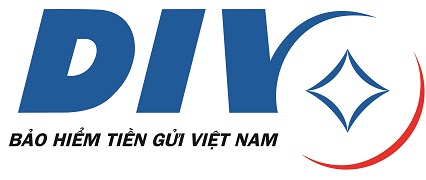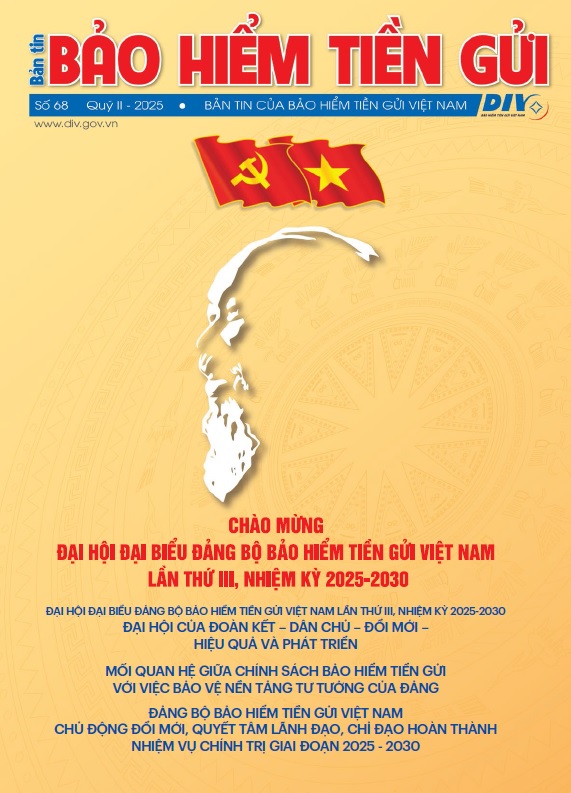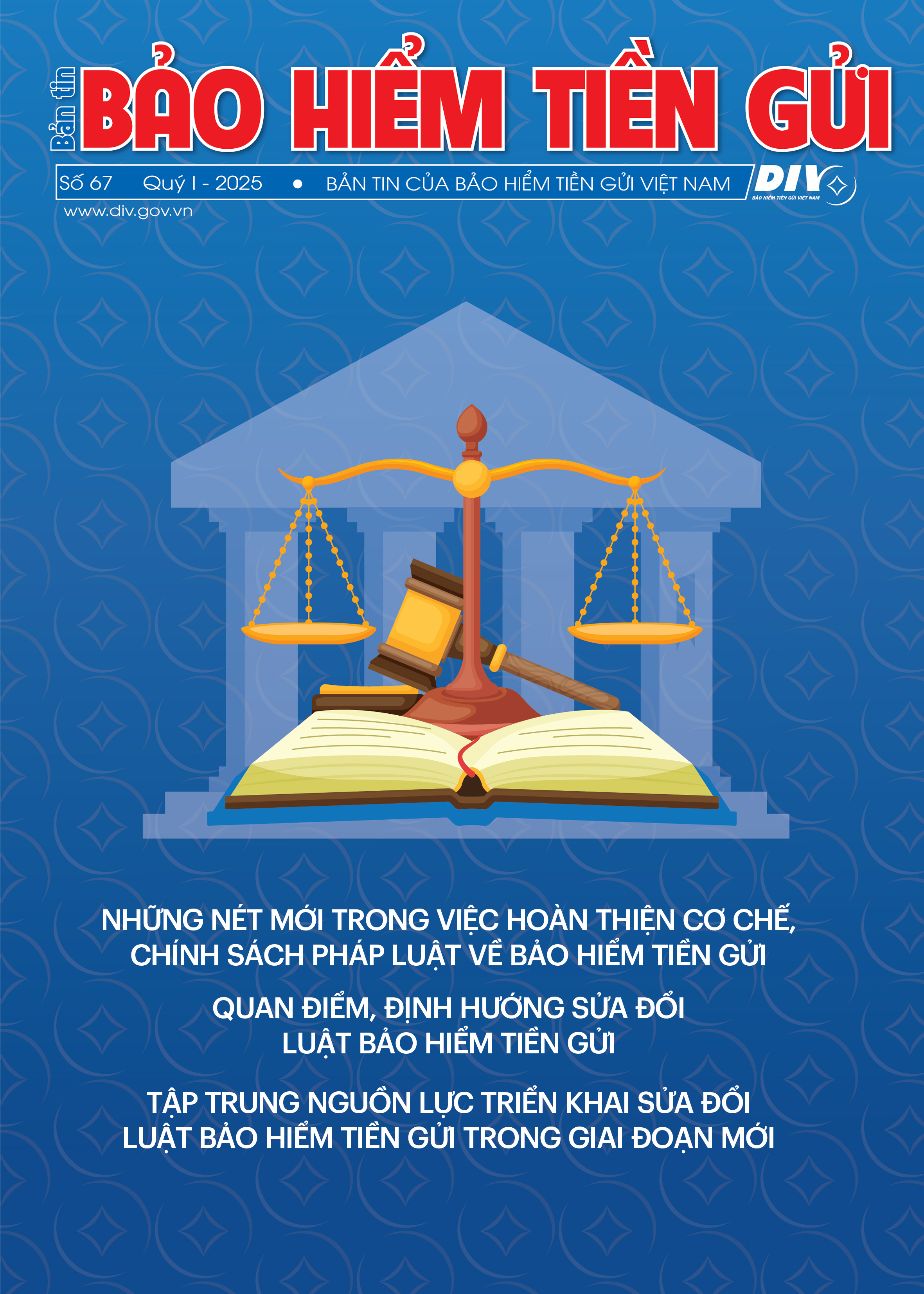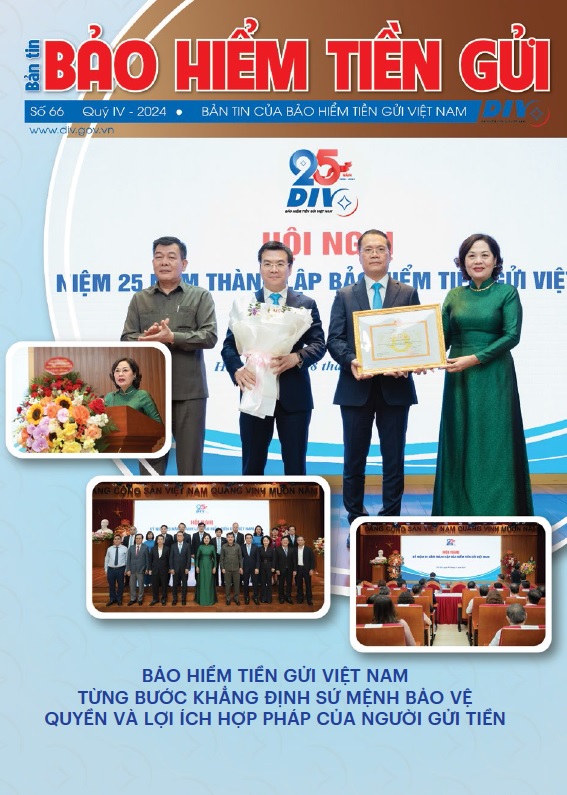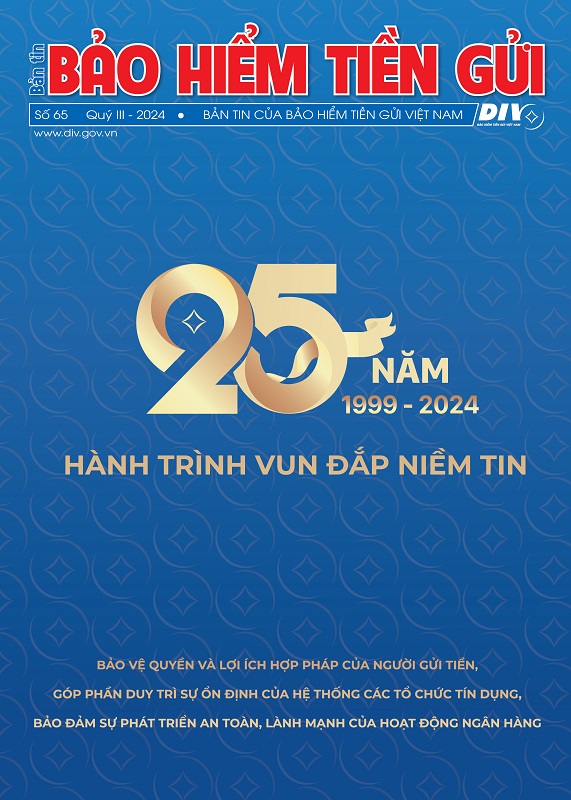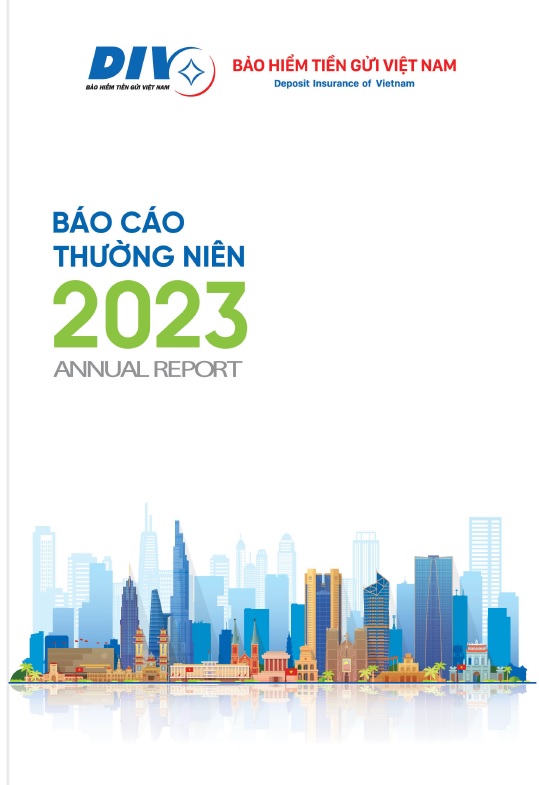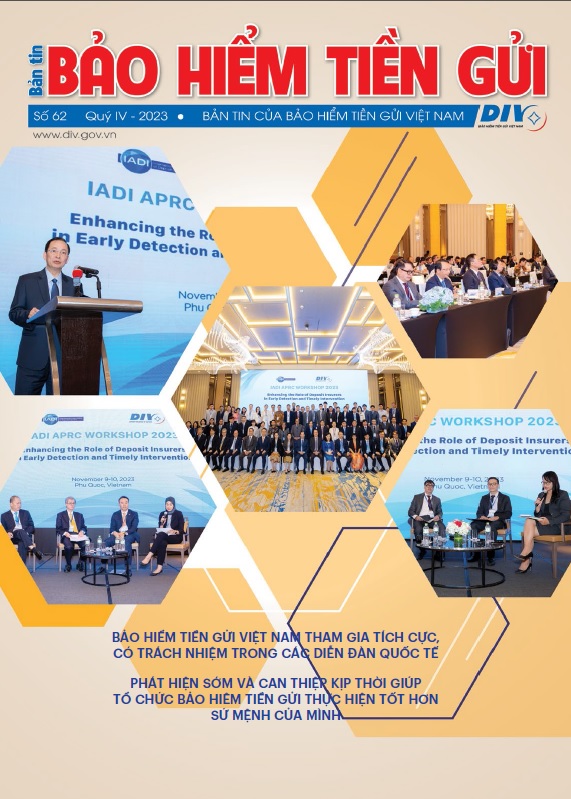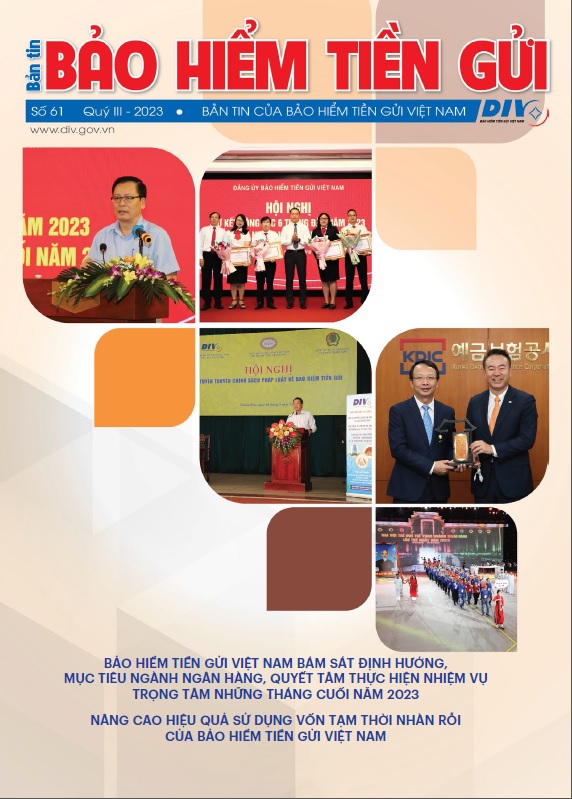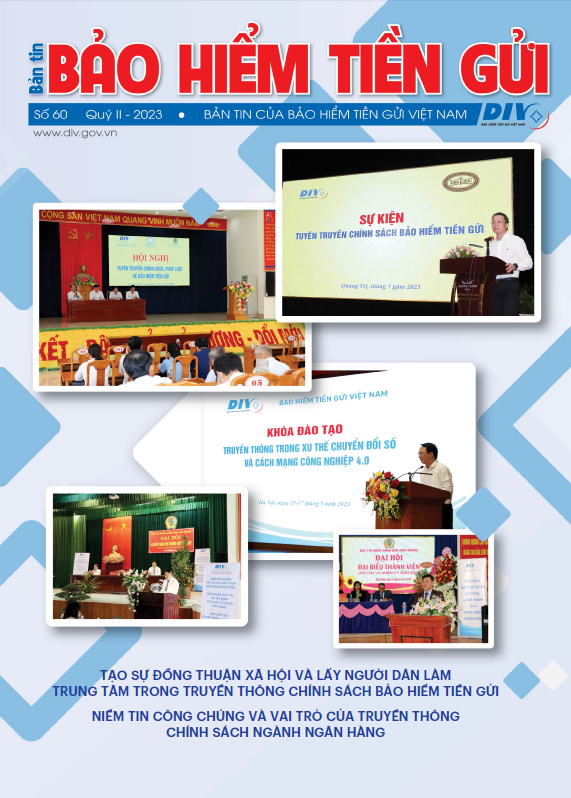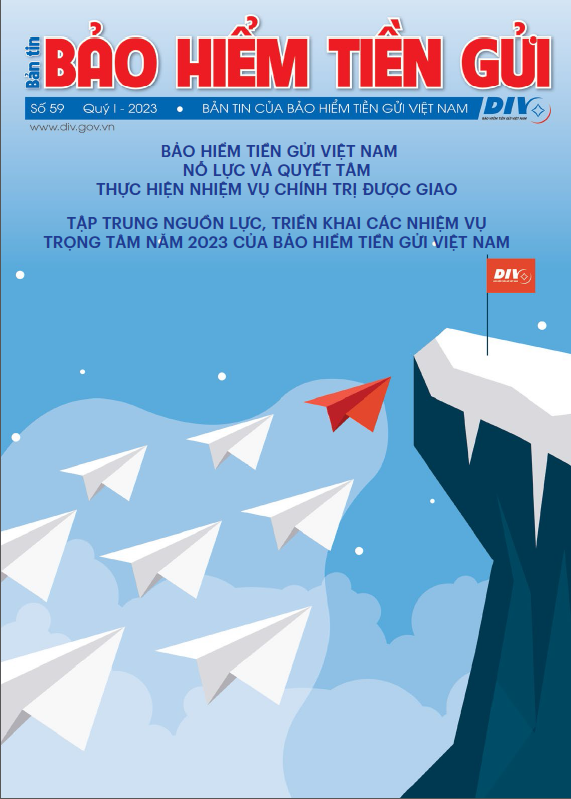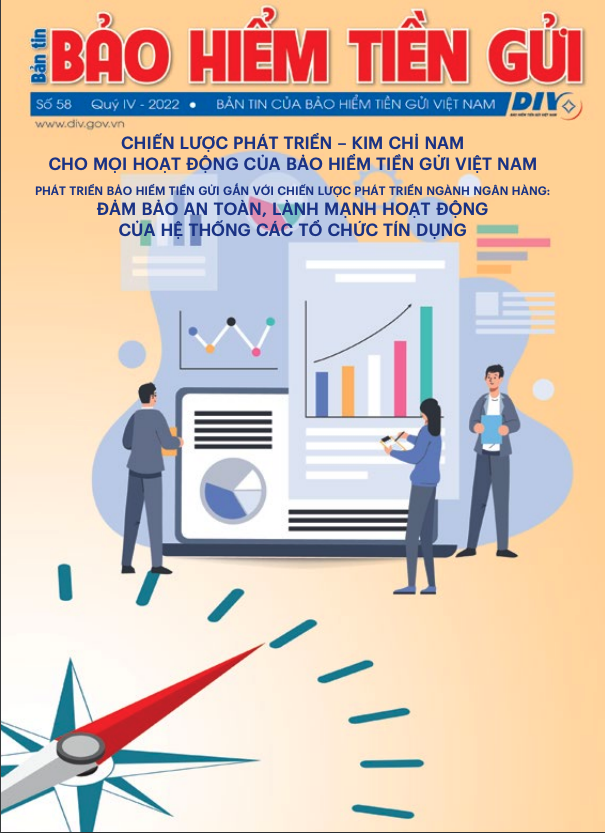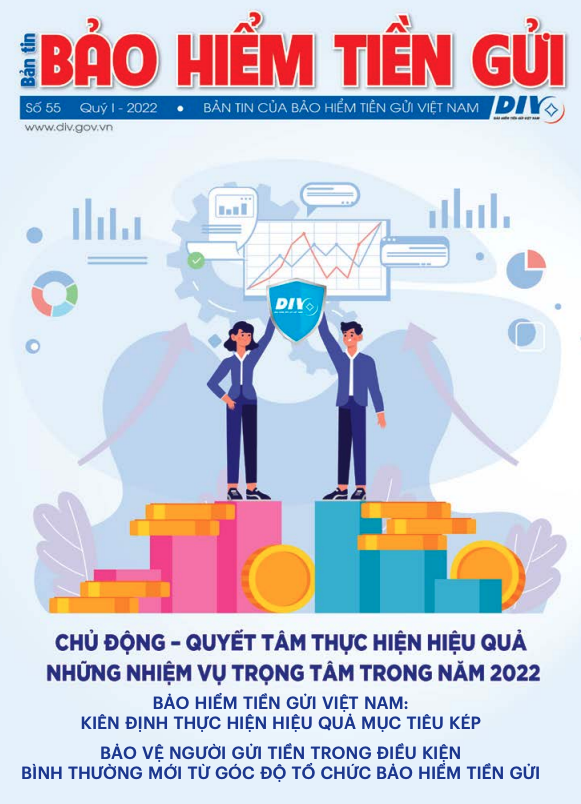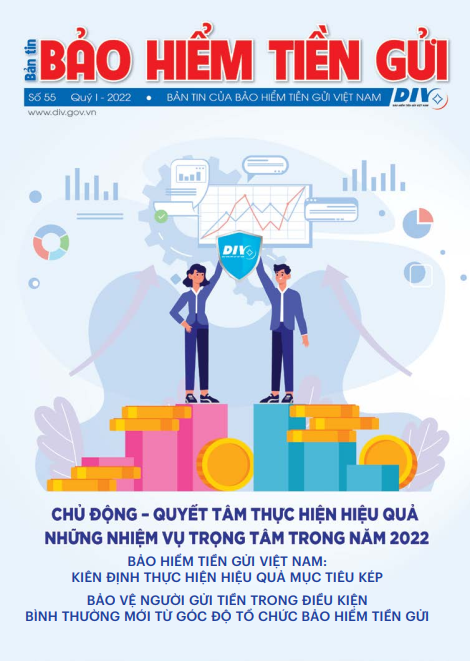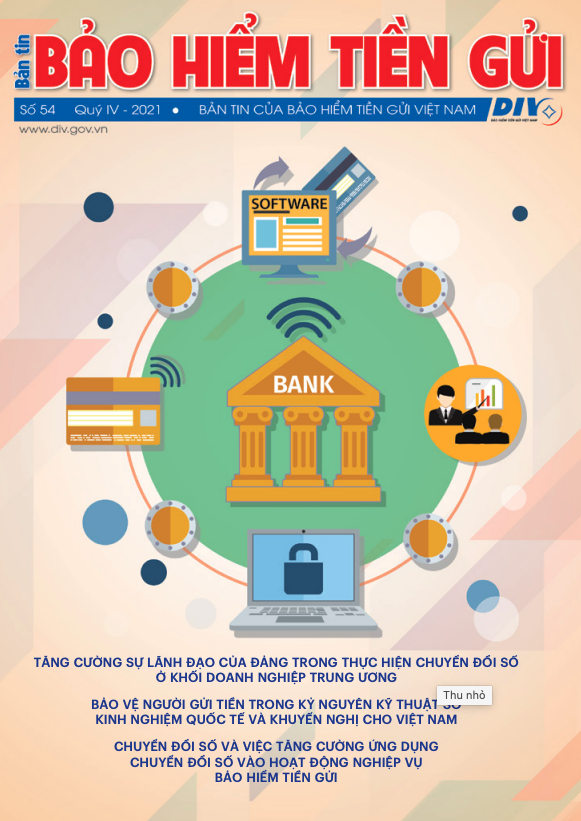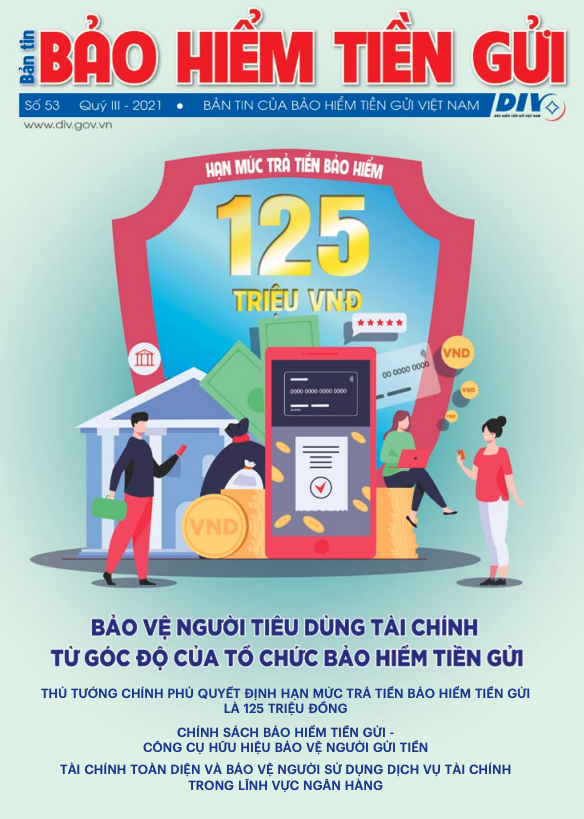Regarding this issue, Banking News had an interview with Mr.. Nguyen Quang Huy – Chairman of the DIV. I respectfully present the content of the interview. After 15 years of establishment and development, the DIV has significant steps forward in implementing its operations, contributing to ensure the safety of finance and banking system – as well as protect legal rights and interests of depositors. It is of greater significance in the context that the State Bank of Vietnam SBV has been struggling to restructure the credit institution system.
Banking News had an interview with Mr. Nguyen Quang Huy, Chairman of the DIV.
Dear Mr. Nguyen Quang Huy, could you share some judgments about restructuring credit institutions, which is considered “a key problem” in the current period?
For the recent 2 decades, Vietnam has had 3 times of restructuring the credit institution system. The first time began in the period after the Asian financial crisis between 1998 and 2003, and then when Vietnam joined in WTO from 2005 to 2008 and the third time is the stage of economic restructuring from 2011 to 2015.
In the context of rapid banking system development (according to the statistics of the World Bank, the total assets of Vietnam banking system was equal to 183% GDP in 2011, relatively high compared to a nation with low average income), associated with the important role of banking activities in the economy, the third stage of the economic restructuring is evaluated to be more complicated.
It is necessary for State administrative body to study and work out policies strongly, and prudently, ensuring balance of interests of the whole economy, while still achieving goals of restructuring the credit institution system in the safe and sound way.
In fact, we have been carrying out our restructuring without causing bank failure, haven’t we?
Yes. Normally, bank restructuring needs a very large amount of financial resource. According to the IMF, the estimated expenses for bank restructuring Thailand, Indonesia, and Korea are 43.8%, 56.8% and 31.2% respectively of the total gross domestic product. In order to receive financial assistance for restructuring, these 3 nations had to get loans from international financial institutions with very strict commitments.
In Vietnam, restructuring credit institutions and resolving bad debts associated with the principle of minimizing the use of state budget. This may lead to a great challenge for the agency in charge of implementation. The Vietnam Asset Management Company (VAMC) was established and at the end of 2014, VAMC purchased about 13.000 billion VND of bad debts from credit institutions. VAMC is appreciated to be “creative” solution of Vietnam since it is able to solve the need of clearing bad debts on the balance assets of credit institutions, and at the same time spare 5 years for credit institutions to make risk provisions and resolve bad debts.
Researches of bank restructuring in the Asian financial crisis in 1997 and financial crisis emerging from the US in 2007 showed that banking system was normally restructured in case the crisis happened. The number of banks was reduced in the way that weak banks will be nationalized, made bankrupt or merged into stronger banks.
In the context of limited state budget, it is quite difficult to bail out banks, therefore some nations have to let weak banks go bankrupt and focus on rescuing systemically important financial institutions.
In Vietnam, the plan of restructuring credit institutions system in the period of 2011 – 2015 promulgated with the decision No. 254/QD-TTg on the 1st, March 2012 clarifies a policy of: “preventing bank failure and imprudence of banking activities beyond the State control”.
This policy has been implemented seriously. At the end of 2013, 9 weakest banks were restructured in the form of merger, acquisition on its own operational improvement. After that, in the quarter II/2015, State bank of Vietnam announced to purchase both Vietnam Construction Bank and Ocean Bank with the price of 0 VND.
In difficult times, prevention of bank failure helps not to cause the economic tumble, maintaining the confidence of investors and contributing actively to the economic recovery in the recent time.
The public feel secure in depositing in banks partly thanks to deposit insurance system.
By the way, can you clarify the interests of depositors in the process of restructuring credit institutions?
Depositors, especially those with insufficient information, are the vulnerable people in the process of restructuring credit institutions. In some countries, when the economy gets into troubles, the government often commits to providing blanket guarantee for depositors. This is an important policy incentive in order to maintain the public confidence, prevent the panic and bank runs.
In the last pressing stage of restructuring, interests of depositors have been protected. In May/2015, when Ocean Bank was purchased, Banking Inspection and Supervision Agency confirmed to “ensure the legal rights and interests of depositors”, but simultaneously, shareholders of the bank will no longer keep their role when the stock is just 0 VND.
For depositors at People’s credit funds, they are protected in the scope of insurance coverage limit. The important principle, which helps to stabilize the system, and complied with is that people save deposits in the protected banks and for their profits, investors must share the losses resulting from their investment decisions.
So in what way has the DIV promoted its role in restructuring credit institutions?
After 15 years of establishment and development, the DIV has step by step implemented all of its operations, protected about 30 million depositor accounts and reimbursed timely for depositors at 39 people’s credit funds with total amount of nearly 27 billion VND.
In 2012, the introduction of the Law on Deposit Insurance creates a solid legal basis for the deposit insurance organization to protect depositors and contribute to ensuring the safety of banking activities.
On the basis of this Law, the DIV has positively implemented supervision, early warned about potential risks of insured institutions. In contrast, ineffective activities of people’s credit funds results in insolvency so the DIV has to pay out in the earliest way to ensure the rights of depositors.
The fact has proved the timely reimbursement, met the expectations of depositors and furthermore relieved the anxiety to prevent bank runs and systematic contagion.
Besides, in the process of merger and acquisition, rumors about banking system’s performance arise, affecting the psychology of depositors. In that case, the DIV organized some activities to make public the policy and the law on Deposit Insurance to enhance the confidence of depositors in the banking system. Simultaneously, the DIV provides guidance on granting and revoking certificates of deposit insurance for merged and acquired credit institutions in order to ensure the legal right and interests of depositors.
In the context of restructuring credit institutions, THE DIV is considered to be an efficient tool of SBV in executing common missions of the banking industry through its participation in restructuring people’s credit funds system. According to the current regulation, THE DIV may participate in imposing a special control on credit institutions in line with SBV’s regulation.
This provision allows THE DIV to participate in the process of restructuring people’s credit funds system in the future in a close and active way, in parallel with the SBV’s guidelines.
In your opinion, what are the difficulties to be resolved in the coming time?
The National assembly and Government of Vietnam have made positive assessments about the effectiveness of bank restructuring, regarding it as a bright spot in the whole picture of restructuring the economy. However, there still exists some drawbacks of restructuring process.
For example, the restructuring without causing bank failure may cause moral hazard. This makes shareholders and related parties accept higher risks, supposing that risks will be handled by the State. The settlement of bad debts through VAMC, however, has been improved but mainly in the course of transferring bad debts from banks to VAMC and need better solutions.
The decision of choosing and applying a policy is always two-sided, like two faces of a coin. Policy-makers need accurately forecasted information inputs and risk management capability for inverse factors in the course of implementing policies. In the socio-economic environment today and limited financial resources for restructuring, challenges that the governing body of the banking industry has to face is not simple.
However, remarkable achievements in maintaining macro-economic stability, controlling inflation, associated with well-forecasted prospect of Vietnam economy in the midterm made by international organizations has proved the initial success of credit institutions restructuring process. This is a motivation for the whole banking industry to have steady and thorough steps in the upcoming times.
Sincerely yours,
